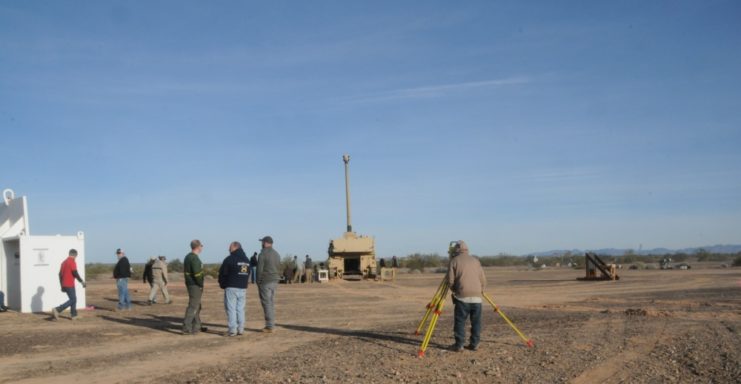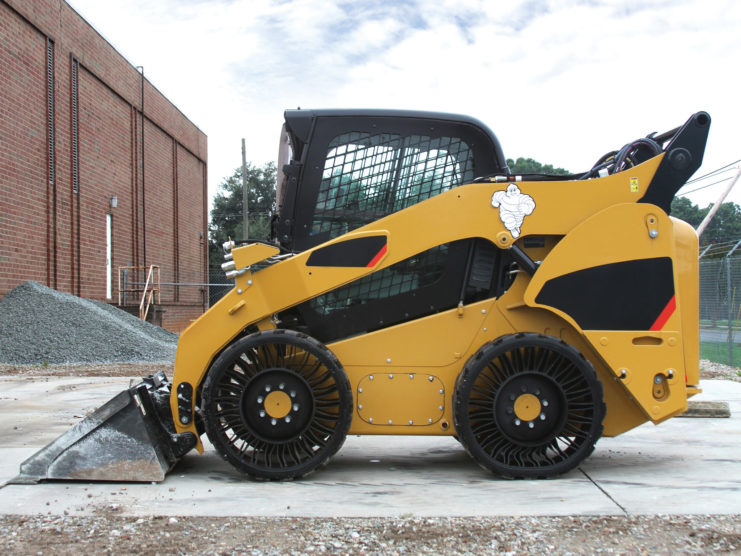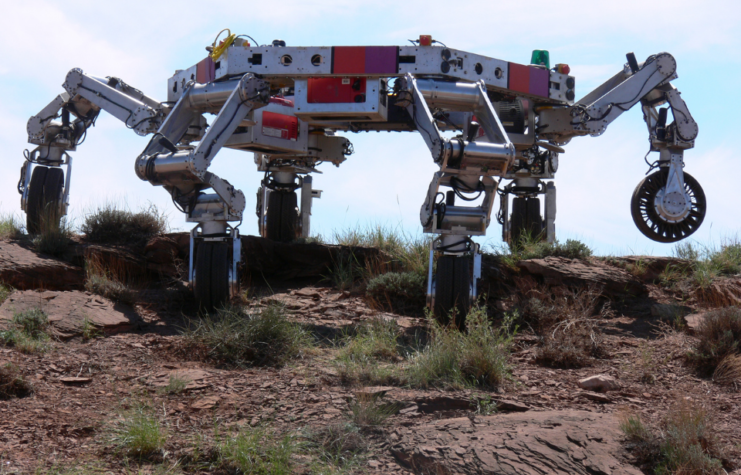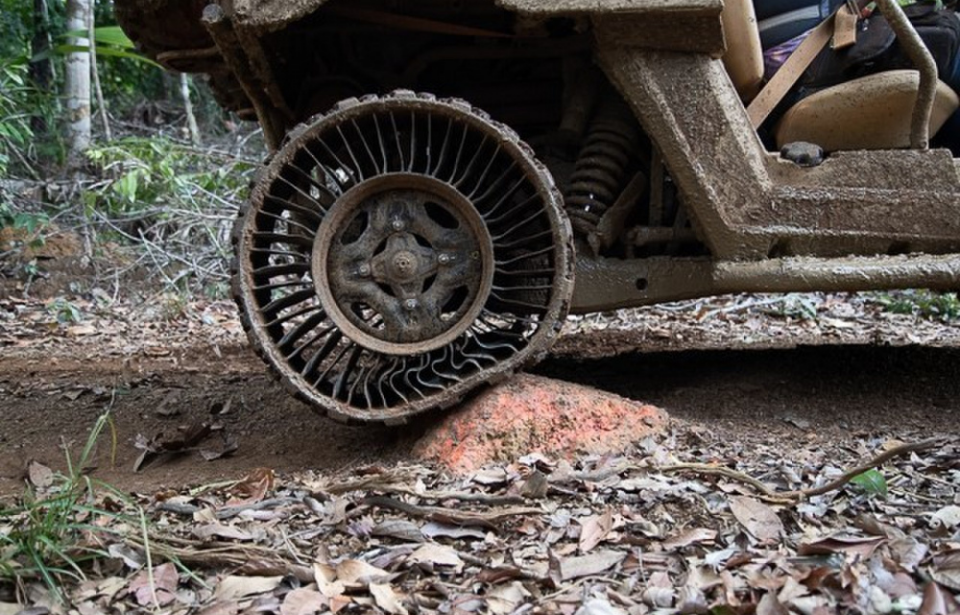When new equipment needs testing to see if it is fit for use with the U.S. Army, it is sent to the U.S. Army Yuma Proving Ground (YPG), where it is put through rigorous tests in the sorts of conditions equipment may have to operate in. But even the Yuma Proving Ground cannot provide an accurate simulation of all environments. For the ultimate test, nature has no substitute. This is where the Tropic Regions Test Center (TRTC) comes in. Recently, the TRTC has been putting airless tires through their paces.
Yuma Proving Ground

Yuma Proving Ground is one of the world’s leading military testing facilities, equipped with its own airfield, mock-up towns, test track, artillery range, and even an advanced mine and explosives testing range. The facility is able to host live firing and training exercises of almost all weapons in the U.S. ground forces arsenal, thanks to its extremely remote location, where noises will not affect local nearby residents.
Its dry, predictable weather contributes to Yuma Proving Ground’s ideal testing abilities. However, as mentioned, not all environments can be accurately replicated here, so equipment must be taken to real-life environments for testing.
YPG manages testing in three of the four naturally occurring extreme environments. The TRTC is tasked with conducting tests in tropical environments for jungle warfare. These environments are actually where most conflicts occur, despite the U.S. being involved mainly in the Middle East in recent years.
Tropical environments contain some of the harshest conditions on the planet, ranging from extremely high humidity, heat, mud, heavy rainfall, and thick vegetation. All of these characteristics are a nightmare for the maintenance and continued operation of equipment.
Airless tire testing

Recently, the TRTC has been analyzing the performance of airless tires in these tough conditions. These tires were fitted to a Polaris MRZR, a popular civilian off-road vehicle adapted to military use. These vehicles are lightweight and highly mobile, capable of carrying four personnel and cargo.
“It is not as comfortable, but it is sturdier and heavier with a rolling cage,” said TRTC test officer Carlos Mora. “It is more mission-oriented.”
The tires used in the tests were Tweels, an airless tire designed by Michelin, which has been in development for some time. The Tweels feature an outer band of rubber that resembles the contact surface of a conventional tire. This band is connected to the wheel hub by polyurethane spokes that flex under load.
This type of wheel offers several advantages over standard rubber tires, like their vastly improved durability and greater lifespan under normal operating conditions. They can also reduce the chances of hydroplaning, as they have holes in the tread that evacuate water.
For the military, these advantages are incredibly useful.
“One reason for this technology is to reduce weight on those small vehicles so you don’t have to carry a spare tire, jacks, or materials to fix a puncture,” Mora said.
The jungle testing performed by the TRTC is perfect for providing an accurate representation of how these tires will perform during actual duties.
“All of these old mining roads and logging roads were the perfect scenario for the vehicle,” said Mora.
As the tires are incapable of being punctured, they are not prone to deflating and subsequently reducing the operational effectiveness of the vehicle. Even when they are damaged, the tires still perform admirably.

In previous military testing, Tweels have been found to deflect mine blasts away from a vehicle much more effectively than conventional tires.
It’s not just the military that has their eyes on the Tweel, though. Michelin was issued a contract by NASA to design a wheel based on the Tweel for their next-generation Moon rover.
The TRTC can operate in Panama, Hawaii, Honduras, and Suriname, so clients are given more support compared to those using other centers, where visas and country clearances are not required.
More from us: The Sherman Tank – Beast or Bust?
“We always have the support of the embassy and the national police, so everything we do is sanctioned and approved by the foreign minister and the U.S. embassy,” said TRTC director Ernest Hugh. “That’s part of the process we take care of to ensure the visit is seamless for the customer.”
“We work closely with the United States embassies in all of the host nations in which we conduct tests,” he added.
